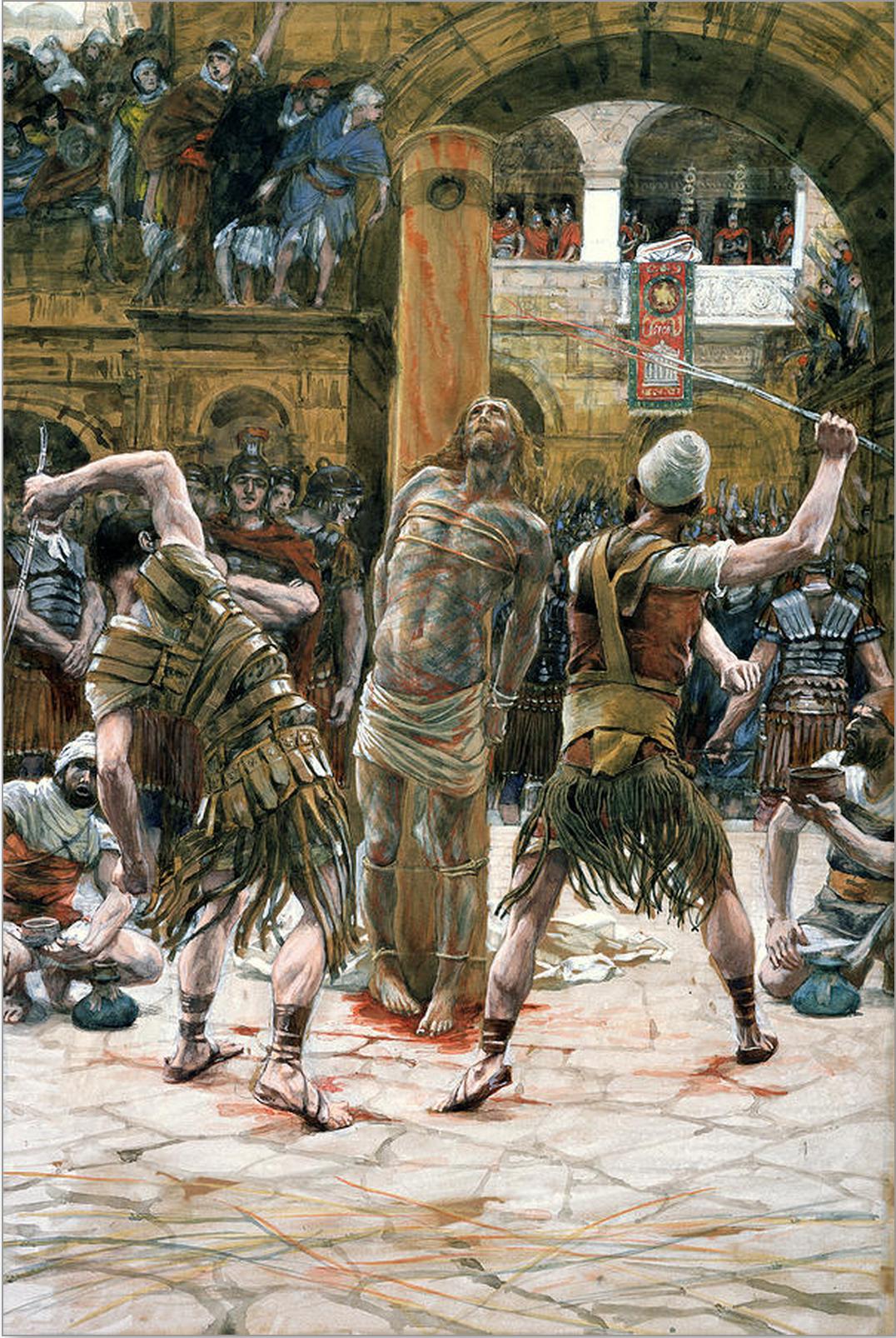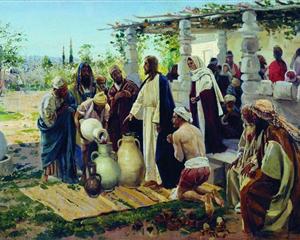This post is by Brody Stewart, Verbum Marketing and Promotions Coordinator.
“Then Pilate took Jesus and had him scourged” (John 19:1, NABRE).
This event takes up all of nine words in Scripture. It’s easy to skim over if you’re not reading closely. And getting whipped doesn’t seem all that bad in comparison with being crucified. This one verse almost seems like an afterthought.
But it wasn’t an afterthought for Jesus.

In ancient Rome, a “scourge” was a very different thing than your father’s belt. This instrument of torture consisted of multiple leather thongs, each woven with shards of metal or stone. With every lash of the whip, the flesh of a criminal would be ripped from his back.
Scourging was so severe a punishment that Jewish law imposed restrictions on its use:
Forty stripes may be given him, but not more; lest, if one should go on to beat him with more stripes than these, your brother be degraded in your sight. (Deuteronomy 25:3, RSVCE).
In essence, scourging was an excruciating form of punishment.
When we meditate upon the Scourging at the Pillar, we remember what Christ had to endure. But more importantly, we remember why he endured it:
He was wounded for our transgressions, he was bruised for our iniquities; upon him was the chastisement that made us whole, and with his stripes we are healed (Isaiah 53:5, RSVCE).




